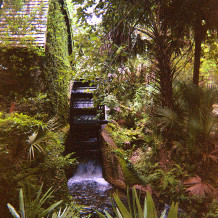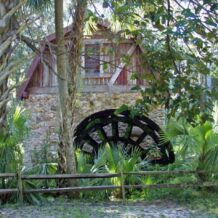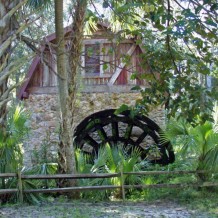history
Juniper Springs
Many special places in our country like Juniper Springs originated as work projects envisioned by President Franklin D. Roosevelt. The nation was in the Great Depression when, in 1933, President Roosevelt asked Congress to approve “a civilian conservation corps to be used in simple work, not interfering with normal employment, and confining itself to forestry, the prevention of soil erosion, flood control and similar projects.”
The organization became known by its initials, CCC, and work camps were built across the nation and CCC workers began building a wide array of public facilities that remain in use today. Many state parks and national forest recreation areas were developed by CCC workers. The work was generally done by hand, but the ingenuity and vision of the program was realized like few ever attempted in American history. Juniper Springs is an outstanding example.
As work progressed on the recreation area in 1935-1936, the CCC came up with a plan to generate electricity. They built the structure known today as the millhouse at the foot of the main pool of Juniper Springs. Water flowing from the springs was channeled into a narrow sluice that turned an undershot waterwheel (because the water ran under instead of over the wheel). That wheel, in turn, powered a generator in the millhouse that produced more than enough electricity to meet the needs of the recreation area.
The concept worked like a charm to create green energy. Not only did the millhouse create electricity, but the log and stone design of the structure added a beautiful touch to the setting of the springs. It remains a much loved and much photographed feature of the head spring. Below are pictures I took of the millhouse left in 2002 and right in 2008 after restoration.




